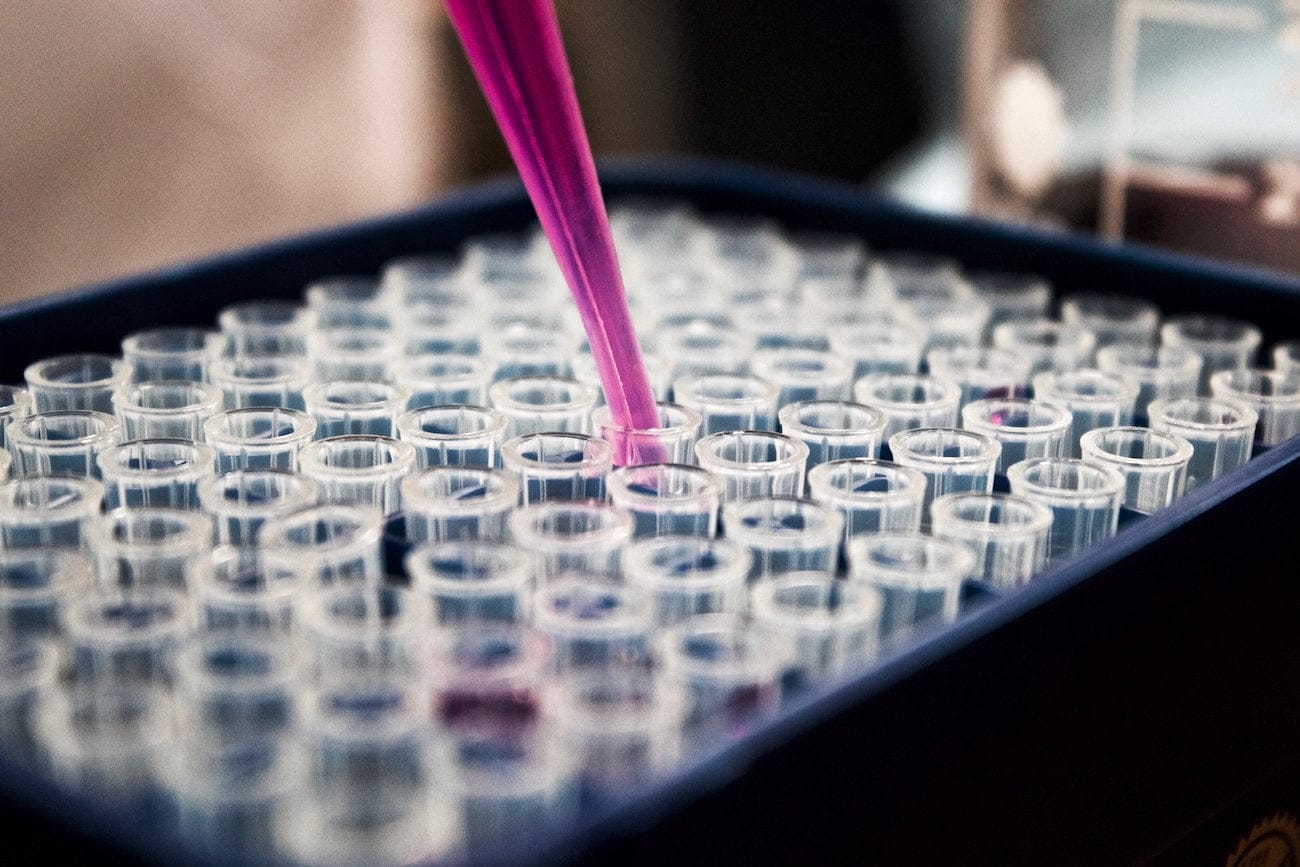For the first time, CoEHAR researchers used the saccharin test transit time to compare the data on the regeneration of respiratory cilia among current, former and never smokers, electronic cigarette users and heated tobacco products users. The results suggest that combustion-free nicotine delivery technologies are unlikely to have detrimental effects on mucociliary clearance
Catania, 24th of August- It is well known that toxic chemicals in sigarette smoke can cause cardiovascular diseases, cancer and pulmonary diseases, such as COPD. Smoking cigarette can also lead to a progressive structural damage and functional alterations of the airways, with loss o cilia and reduced ciliary beating. Disruption o the mucociliary clearance (MCC) function may contribute to inflammation and obstruction of the small airways and increased susceptibility to respiratory infections.
“Impact of exclusive e-cigarettes and heated tobacco products use on muco-ciliary clearance” is the first study to investigate saccharin transit time in ecig and HTP users.
Compared with never and former smokers, saccharin transit time in current cigarette smokers was nearly twice as long (7.24 and 7.26 min versus 13.15 min) and remarkably similar transit times were also observed in ECs (7.00 min) and HTPs users (8.00 min).
The study also suggests that combustion-free technologies users exhibit no significant impairment of mucocliary clearance.
“It has been proved that the smokers nerve endings start to regenerate after 48 hours of smoking abstinence and patients can smell and taste things better” explains Riccardo Polosa, first author of the study and under off the CoEHAR “The cilia-mucus functional framework of smokers can be restored soon after stopping exposure to smoke toxicants. This study goes a step further, confirming that combustion free nicotine delivery systems are not only a valuable ally in smoking cessation treatments, but also may lead to faster the healing of the mucociliary clearance function”.
THE STUDY
The respiratory cilia are heavily damaged by cigarette smoke, increasing the chance for smokers to develop inflammation and obstruction of the small airways and to increase susceptibility to respiratory infections.
Researchers hypothesized that substitution of cigarette smoking with the use of combustion-free nicotine delivery technologies may lead to faster MCCTT compared with current smokers.
Measurement of mucociliary clearance transit time stands out as a promising candidate outcome measure for the evaluation of the short- and long-term effects of stop smoking medications and alternative products for cigarette substitution in clinical trials and regulatory research.
Study participants were divided in five groups: 39 current, 40 former, 40 never smokers, and from 20 electronic cigarette and 20 heated tobacco products users.
Researchers carried out the saccharin test transit time, a non-invasive, well tolerated and simple to perform method that measures mucociliary clearance transit time that consists in measuring the time it takes for patients to start perceiving the “sweet taste” of saccharin.
The paper shows that smokers who stopped smoking by switching to exclusive use of combustion-free nicotine delivery systems exhibited similar mucociliary clearance transit time as never and former smokers. It appears that mucociliary clearance transit time restoration occurs relatively soon after quitting.
Read the italian version of the article at the following link




